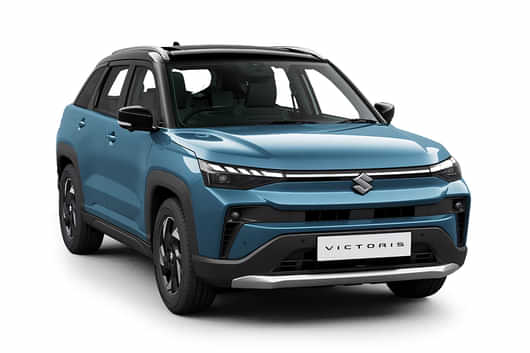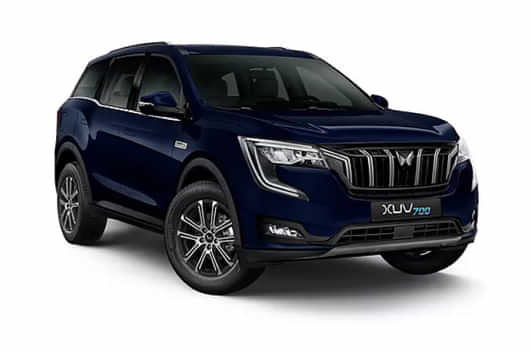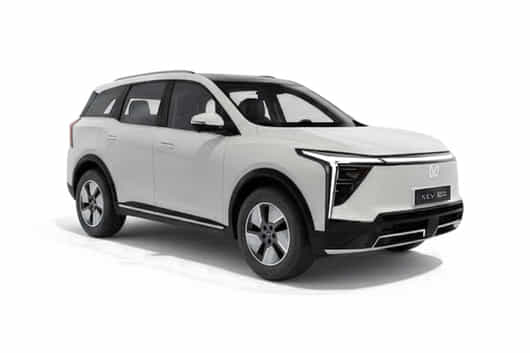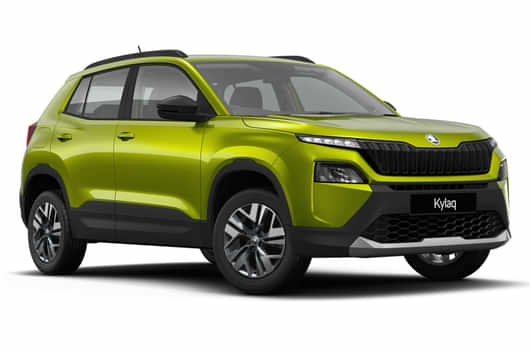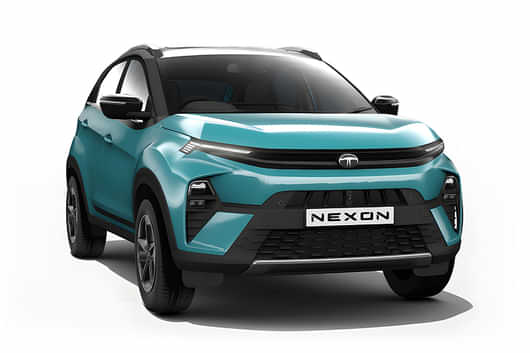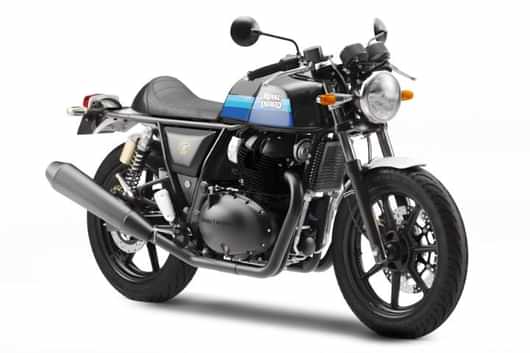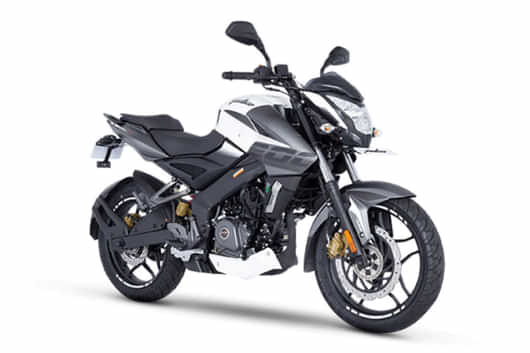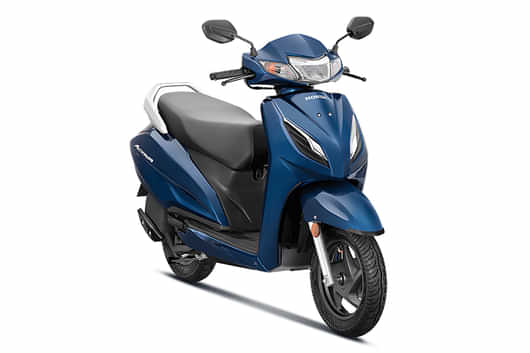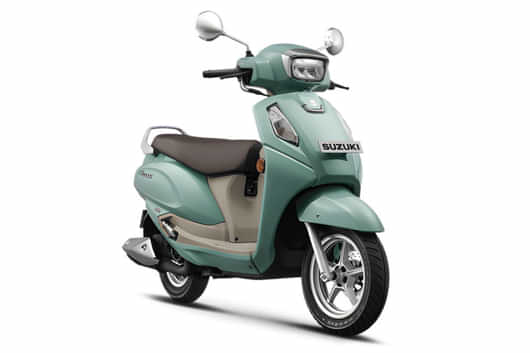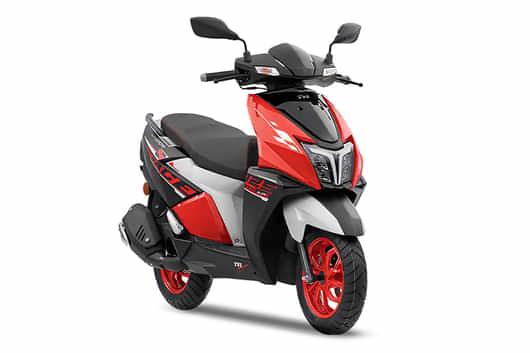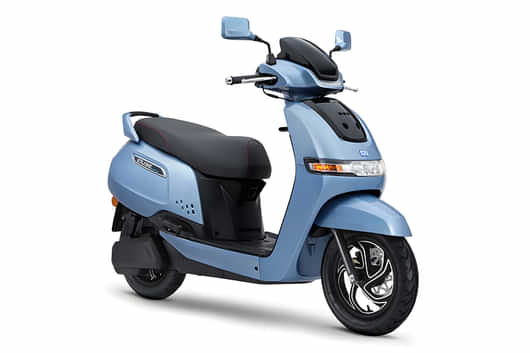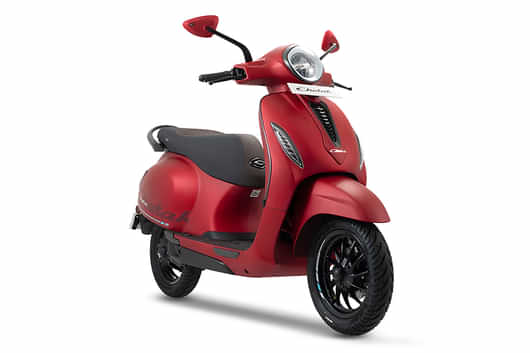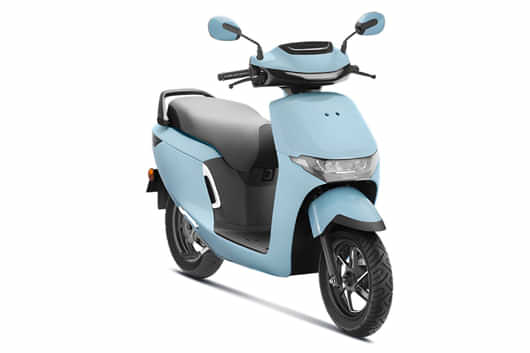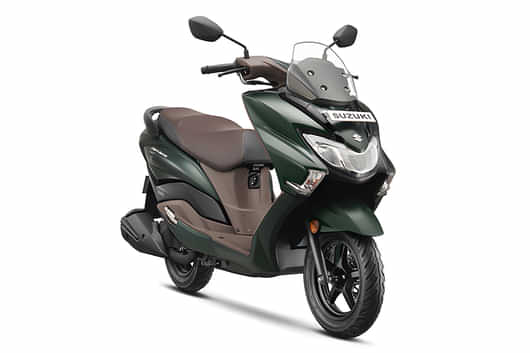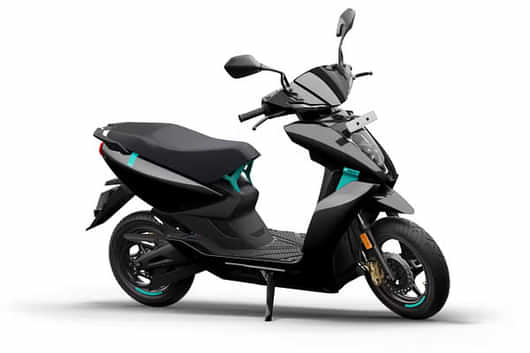
KEY HIGHLIGHTS
- CC determines the size of an engine. The higher the CC, the more real world powerful engine can be sometimes.
- Learn about the importance of CC in cars and bikes.
- CC is an important factor to consider when buying a car or bike.
Have you ever wondered what makes a car or bike go? Sure, you know that it has something to do with the engine, but what exactly is the engine doing? And how does the size of the engine affect its performance?
Well, it turns out that a crucial factor determining the capabilities of these vehicles is their cubic capacity, also known as engine displacement or "cc." But what exactly does cubic capacity mean, and why is it so important? Let's explore the role and significance of engine size in cars and bikes.
What is cubic capacity in cars and bikes?

Cubic capacity (CC) is a measure of the volume of an engine. It is calculated by multiplying the number of cylinders by the volume of each cylinder. For example, a four-cylinder engine with a 1.5-liter displacement has cylinders that are each 0.375 liters in volume.
Why is cubic capacity in cars and bikes important?
Cubic capacity is important because it affects the power and fuel economy of a vehicle. A larger engine will in most cases produce more pulling power, but it will also be less fuel-efficient.
Here are some pointers about cubic capacity:
Power Output:
The cubic capacity of an engine directly correlates with its power output. Generally, a higher cubic capacity indicates a larger engine size, which allows for more air and fuel to be combusted. This results in possibly increased horsepower and torque, providing the vehicle with greater acceleration and overall performance capabilities.
Speed and Acceleration:
The cubic capacity plays a vital role in determining a vehicle's speed and acceleration. A larger engine size can generate more power, enabling the vehicle to reach higher speeds quickly and maintain them efficiently. Whether it's a car that needs to overtake on a highway or a motorcycle aiming to achieve lightning-fast acceleration, cubic capacity plays a crucial role in delivering the desired performance. In cases of commercial vehicles, a larger engine can possibly provide higher torque too.
Towing and Hauling Capacity:
For cars and trucks, cubic capacity is particularly important when it comes to towing and hauling heavy loads. A larger engine with higher cubic capacity provides the necessary power and torque to handle substantial weights, making it suitable for towing trailers, caravans, or carrying heavy cargo.
Off-Road Capability:
In the case of motorcycles and certain off-road vehicles, cubic capacity can significantly impact their off-road capabilities. Off-road riding often requires increased torque and power delivery to conquer challenging terrains. A higher cubic capacity engine provides the necessary low-end torque, allowing the rider to navigate through obstacles and tackle steep inclines with greater ease.
Fuel Efficiency:
While larger engines tend to consume more fuel, technological advancements have enabled manufacturers to optimize fuel efficiency even with higher cubic capacities. Many modern vehicles feature advanced engine management systems and technologies like turbocharging or hybrid systems, which help balance power and fuel efficiency, allowing for an optimal combination of performance and economy.
Also Read : Hyundai Exter Vs Rivals: Safety Features Compared

Cubic Capacity in Bikes and Cars in India
CC, or cubic capacity, is a measure of the volume of an engine's cylinders. It is used to determine the power and performance of an engine. The higher the CC, the more powerful the engine.
CC is an important factor to consider when buying a car or bike in India. The government of India has different licensing requirements for bikes and cars based on their CC.
Bikes
Entry level bikes or commuter motorycles usually stick to 100-110cc engines. On the same hand, touring motorcycles need easy long distance cruising and hence come in 250cc+ engines : examples being the Dominar 250 / 400 twins. Likewise, adventure bikes need torque and a large engine for negotiating steep inclines. These are usually with engines over 300cc - examples being Yezdi Adventure and Enfield Himalayan. Scooters in India range from 100 to 125cc with some exceptions being bigger - example being the Yamaha Aerox.
Cars
There are no separate licensing requirements for cars based on their CC. However, the government of India does have a tax structure that is based on CC. Cars with a CC of less than 1200cc (petrol) are taxed at a lower rate if the lenght is less than 4 meters.
The CC of a car or bike is also an important factor to consider when it comes to fuel efficiency. Generally, cars and bikes with a lower CC are more fuel-efficient than cars and bikes with a higher CC.
Here is a table of some common CCs and their corresponding fuel efficiency ratings for a petrol engine:
| CC | Fuel Efficiency Rating |
|---|---|
| 1000 | 20-23 kilometers per liter |
| 1500 | 16-20 kilometers per liter |
| 2000 | 12-14 kilometers per liter |
| 3000 | 8-10 kilometers per liter |
| 4000 | 6-8 kilometers per liter |
| 5000 | 4-6 kilometers per liter |
It is important to note that these are just general guidelines. The actual fuel efficiency of a car or bike will vary depending on the specific design and driving conditions.
How to choose the right CC for your needs
- Consider your driving habits. If you do a lot of city driving, you'll want a car with a smaller engine that's more fuel-efficient. If you do a lot of highway driving, you'll want a car with a larger engine that has more power and easier cruising abilties.
- Consider your budget. High CC engines are typically more expensive to purchase and maintain than smaller engines.
- Consider your needs. If you need a car that can tow a lot of weight, you'll need a car with a larger engine. If you need a car that's fuel-efficient, you'll need a car with a smaller engine.
- Do your research. Read reviews of different cars and engines to get an idea of what's out there and what's best for you.
- Talk to a professional. If you're still not sure what CC is right for you, talk to a qualified automotive professional. They can help you assess your needs and find the right car for you.
Here are some additional factors to consider when choosing the right Cubic Capacity in Cars and bikes:
- The type of vehicle you want. Some vehicles, such as sports cars and SUVs, typically have larger engines than others, such as sedans and hatchbacks.
- The climate you live in. If you live in a cold climate, you may want a car with a larger engine that can generate more heat.
- The terrain you drive on. If you drive on rough roads, you may want a car with a larger engine that can handle the extra weight and stress.
Ultimately, the best way to choose the right Cubic Capacity in Cars and bikes for your needs is to talk to a qualified automotive professional. They can help you assess your needs and find the right car for you.














